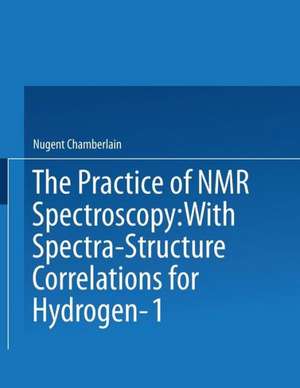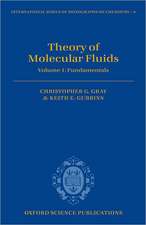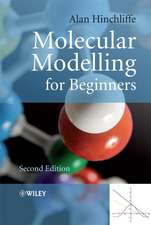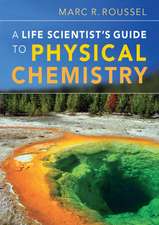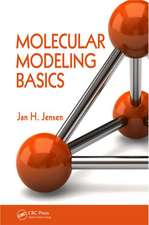The Practice of NMR Spectroscopy: with Spectra-Structure Correlations for Hydrogen-1
Autor Nugent Chamberlainen Limba Engleză Paperback – 19 iul 2013
Preț: 414.52 lei
Nou
Puncte Express: 622
Preț estimativ în valută:
79.33€ • 82.35$ • 66.15£
79.33€ • 82.35$ • 66.15£
Carte tipărită la comandă
Livrare economică 22 martie-05 aprilie
Preluare comenzi: 021 569.72.76
Specificații
ISBN-13: 9781475714777
ISBN-10: 1475714777
Pagini: 452
Ilustrații: XXIV, 424 p. 1 illus.
Dimensiuni: 210 x 279 x 24 mm
Greutate: 1.04 kg
Ediția:Softcover reprint of the original 1st ed. 1974
Editura: Springer Us
Colecția Springer
Locul publicării:New York, NY, United States
ISBN-10: 1475714777
Pagini: 452
Ilustrații: XXIV, 424 p. 1 illus.
Dimensiuni: 210 x 279 x 24 mm
Greutate: 1.04 kg
Ediția:Softcover reprint of the original 1st ed. 1974
Editura: Springer Us
Colecția Springer
Locul publicării:New York, NY, United States
Public țintă
ResearchCuprins
1 Introduction.- 2 Producing NMR Data.- 3 Analytical Procedures.- 4 Chemical Shift Correlations.- 5 Coupling Constant Correlations.- 6 Typical NMR Spectra.- Chemical Shift Correlation Charts.- The Index Chart I1.- The Summary Charts S1 to S35.- The Detailed Charts 1 to 89.- Coupling Constant Correlation Charts.- The Index Chart I2.- The Summary Charts J1 to J38.- Typical Spectra Plates 1 to 59.- References.- I. Introduction.- A. Organization.- B. Selection and Processing of Data.- II. Text References.- III. Acknowledgments.- IV. Data References—Major Sources.- A. Textbooks.- B. Catalogs of NMR Spectra.- C. Tabulations of NMR Data.- D. Chemical Shift Charts.- E. Theoretical Spectra.- F. Spectral Pattern Guide.- V. Data References—Scientific Papers.- A. Hydrocarbons.- B. Oxygen Compounds.- C. Halogen Compounds.- D. Nitrogen Compounds.- E. Sulfur Compounds.- F. Phosphorus Compounds.- G. Coupling Constants.- H. Strong Intramolecular Hydrogen Bonds.- Appendix—Filing System for NMR Spectra.- Author Index.
